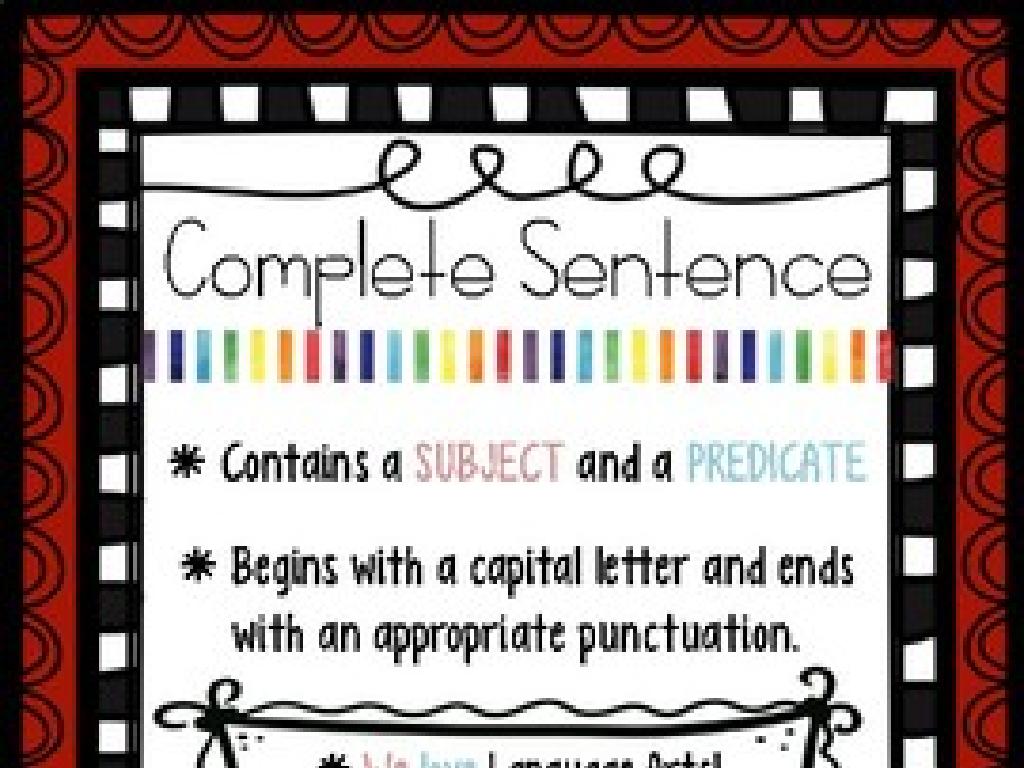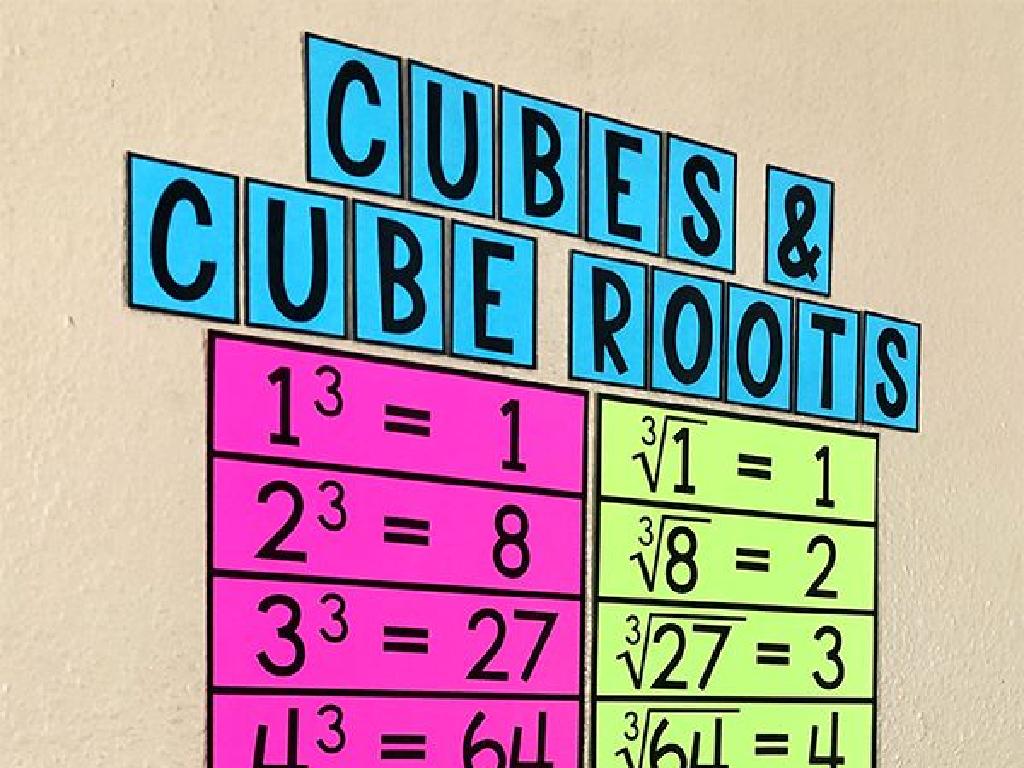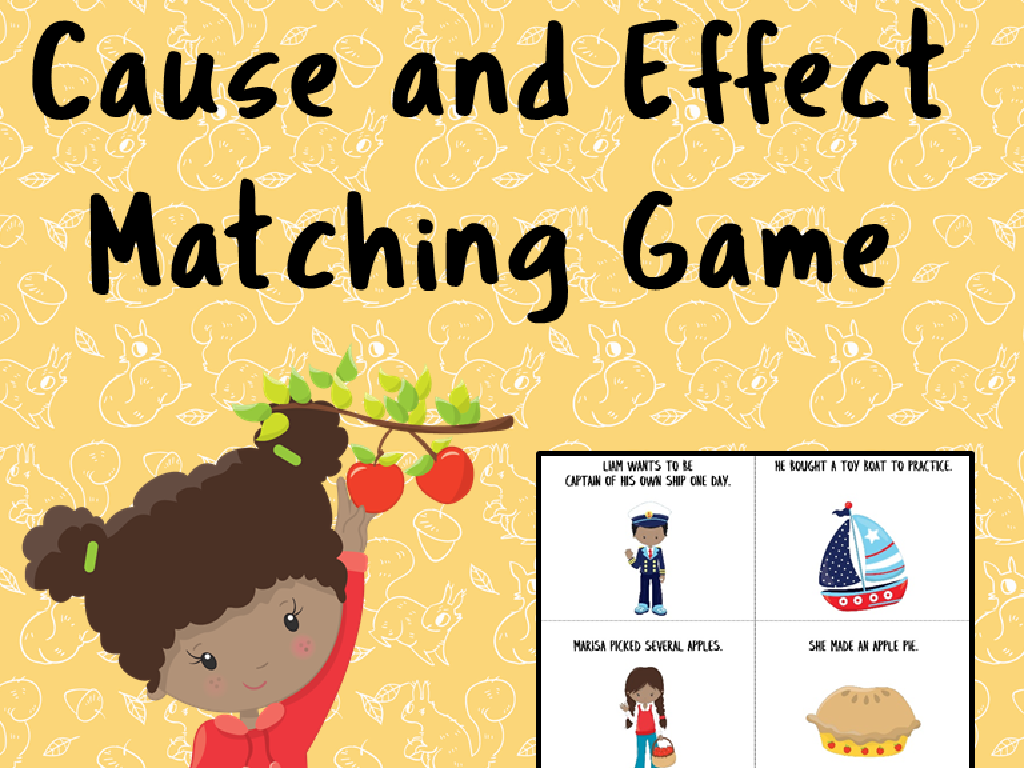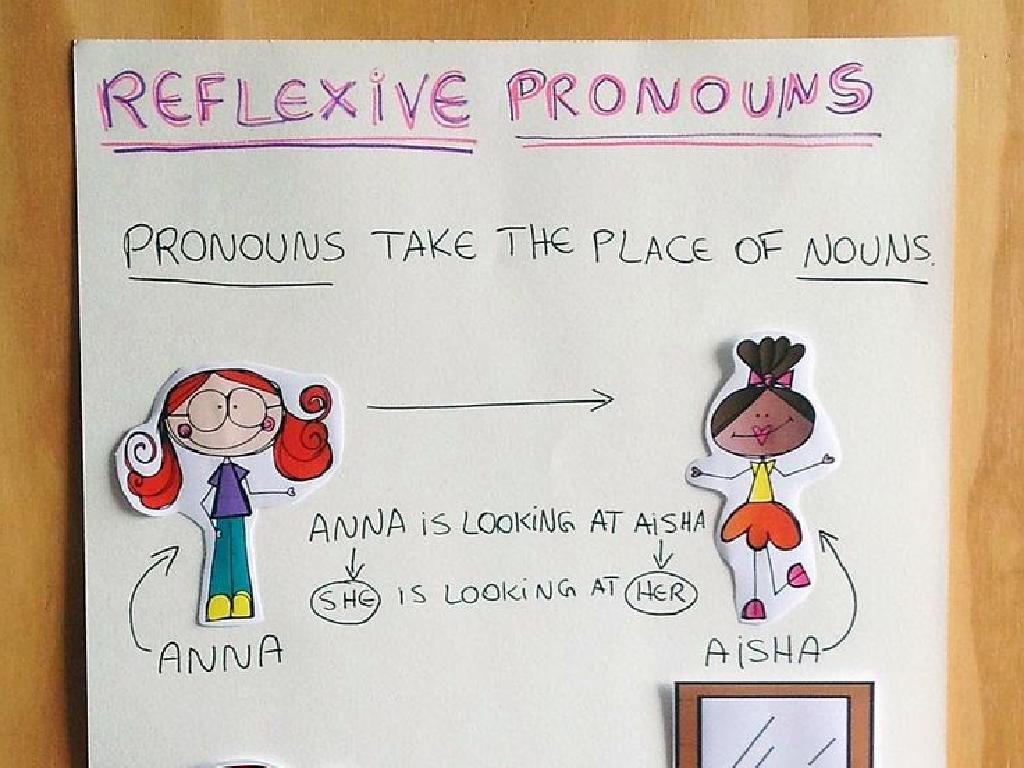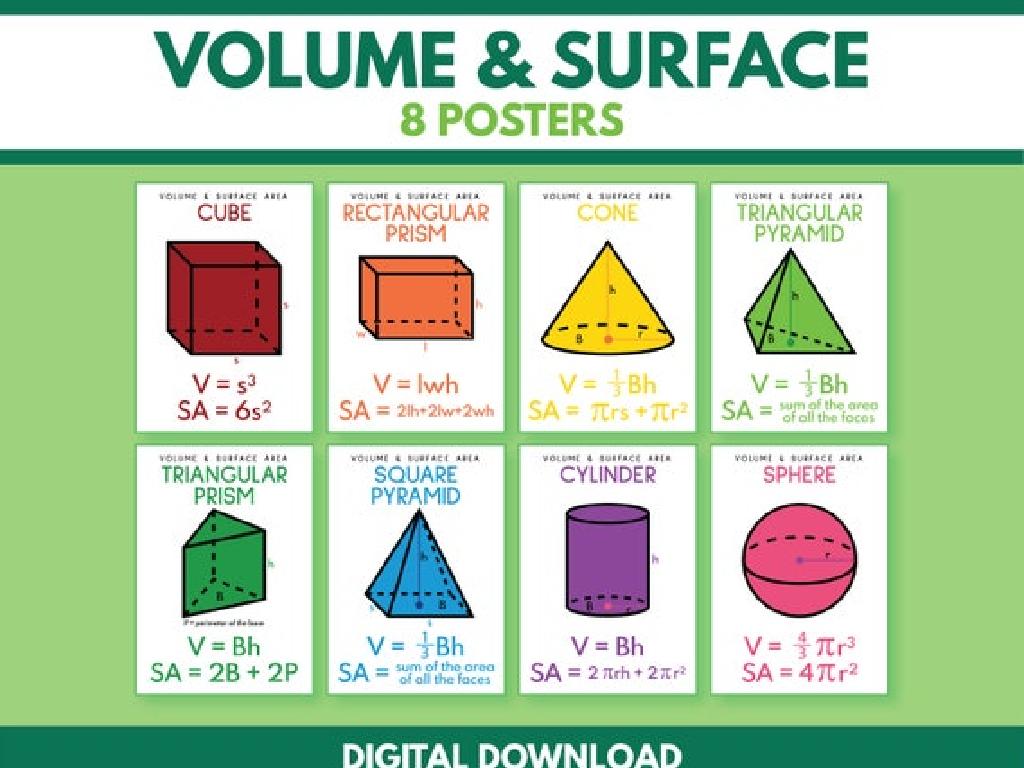Break Apart A Two-Digit Number To Add - Sums To 100
Subject: Math
Grade: Second grade
Topic: Addition Strategies: Two Digits
Please LOG IN to download the presentation. Access is available to registered users only.
View More Content
Welcome to Addition Strategies!
– Learn a new way to add numbers
– Break apart numbers for addition
– Split a two-digit number into tens and ones before adding
– Practice makes perfect
– We’ll do lots of examples together in class!
– Become an addition expert
|
This slide introduces second-grade students to an addition strategy that involves breaking apart two-digit numbers into tens and ones to simplify the addition process. Start by explaining that there are many ways to add numbers, and today we’re focusing on a method that can make adding larger numbers easier. Demonstrate with an example, such as breaking apart 24 into 20 (two tens) and 4 (four ones) and then adding it to another number. Encourage students to practice this method with different numbers to build their confidence. The goal is to help them understand the concept of place value in addition and to become comfortable with this strategy so they can use it to add numbers quickly and accurately.
Understanding Addition: Combining Numbers
– Addition means putting numbers together
– Example: Adding apples together
– 3 apples + 2 apples gives us 5 apples
– Like gathering toys into one pile
– Imagine all your toys in one big pile, that’s addition!
– Practice: Add numbers to make 100
– Let’s try 50 + 50 or 30 + 70 to reach 100
|
This slide introduces the concept of addition as a way of combining two or more numbers to find a total, which is a foundational skill in mathematics. Use relatable examples like combining apples or toys to make the concept more tangible for second graders. Emphasize that addition is about gathering things together to have a bigger amount. Encourage students to think of addition as a fun activity, like making a big pile of their toys. To apply this concept, have students practice adding two numbers together to reach a sum of 100, using simple two-digit numbers. This will prepare them for understanding more complex addition strategies.
Breaking Apart Numbers to Add
– Numbers have parts: tens and ones
– Break numbers to add easily
– Example: Break 23 into 20 and 3
– 23 is 2 tens (20) + 3 ones (3)
– Practice with numbers up to 100
– Try breaking apart 56 or 84
|
This slide introduces the concept of place value and how it can be used to simplify addition. Emphasize that every number is made up of tens and ones. Show students how breaking apart numbers into tens and ones can make addition problems easier to solve. Use the example of the number 23, which can be broken into 20 (two tens) and 3 (three ones), to illustrate the concept. Encourage students to practice this strategy by breaking apart different two-digit numbers up to 100 and then adding them together. This will help them understand the concept of place value and improve their mental math skills.
Adding Tens and Ones: Break Apart Method
– Add tens first, then ones
– Example: 23 (20+3) + 15 (10+5)
– Break 23 into 20 (tens) and 3 (ones), 15 into 10 (tens) and 5 (ones)
– Add 20 and 10 to make 30
– 20 (from 23) plus 10 (from 15) equals 30
– Next, add ones: 3 + 5
– 3 (from 23) plus 5 (from 15) equals 8
|
This slide introduces the concept of breaking apart two-digit numbers into tens and ones to simplify addition. Start by explaining that adding the tens together gives us a base number. Then, we add the ones to this base. Use the example provided to demonstrate the process step by step. First, add the tens (20 + 10) to make 30. Next, guide students to add the ones (3 + 5) to get 8. Finally, combine the sums of tens and ones (30 + 8) to find the total, 38. Encourage students to practice this method with different numbers and ensure they understand that this strategy helps manage larger numbers by simplifying them into manageable parts.
Adding Tens and Ones Together
– Add ones: 3 (from 23) + 5 (from 15)
– Sum of ones: 3 + 5 equals 8
– Add tens: 20 (from 23) + 10 (from 15)
– Combine tens and ones: 30 + 8 = 38
– First, we added tens to get 30, now we add 8 ones to find the total sum.
|
This slide continues the lesson on breaking apart two-digit numbers to add, focusing on the addition of ones and then combining them with the tens. Start by reviewing the concept of place value, ensuring students understand the difference between tens and ones. Then, guide them through the process of adding the ones from each number, followed by adding the tens. Emphasize that we first add the same place values separately and then combine them to find the total sum. Use visual aids like blocks or drawings to represent the tens and ones if possible. Encourage students to practice with different numbers and to explain their thought process as they add.
Let’s Practice Together: Breaking Apart Numbers
– Try breaking apart 42 + 26
– Break apart tens and ones
– 42 becomes 40 and 2, 26 becomes 20 and 6
– Add tens then ones
– Add 40 + 20 first, then 2 + 6
– Combine for total sum
– 60 + 8 equals 68
|
This slide is an interactive class activity designed to help students practice the strategy of breaking apart two-digit numbers to add, with sums up to 100. Start by guiding the students through the example of 42 + 26. Remind them to separate the tens and ones before adding. First, add the tens (40 + 20), then the ones (2 + 6), and finally combine these sums to find the total (60 + 8 = 68). Encourage students to use this method with different numbers and provide additional examples if needed. Possible activities for different students could include using manipulatives, drawing representations, or solving similar problems in pairs.
Class Activity: Addition Pairs
– Pair up for number addition
– Use flashcards for problems
– Add tens, then ones together
– Break apart numbers into tens and ones before adding
– Find sums up to 100
|
In this interactive class activity, students will work in pairs to strengthen their understanding of adding two-digit numbers. Provide each pair with a set of flashcards containing various two-digit addition problems. Encourage them to solve the problems by breaking apart the numbers into tens and ones, adding the tens first for easier calculation, and then the ones. This method simplifies the addition process and helps students to mentally calculate sums up to 100. As a teacher, circulate the room to assist pairs as needed, and consider offering different sets of flashcards to cater to varying levels of difficulty. Possible activities include: 1) Trading flashcards with another pair after solving, 2) Timing each pair to see how quickly they can solve a set, 3) Creating a poster with their solved flashcard problems to display their work.
Conclusion & Homework: Practice Addition
– Great work on addition today!
– Breaking apart numbers helps us add
– Split numbers into tens and ones to add easily
– Complete the worksheet for homework
– The worksheet has sums up to 100
– Keep practicing to get even better!
|
Today’s lesson focused on teaching students how to break apart two-digit numbers into tens and ones to simplify addition. Reinforce the concept that consistent practice is key to mastering this skill. The provided homework worksheet contains additional problems that will help students apply what they’ve learned in class. Encourage them to try their best and remind them that it’s okay to make mistakes as long as they learn from them. In the next class, review the homework to address any difficulties the students may have encountered.

